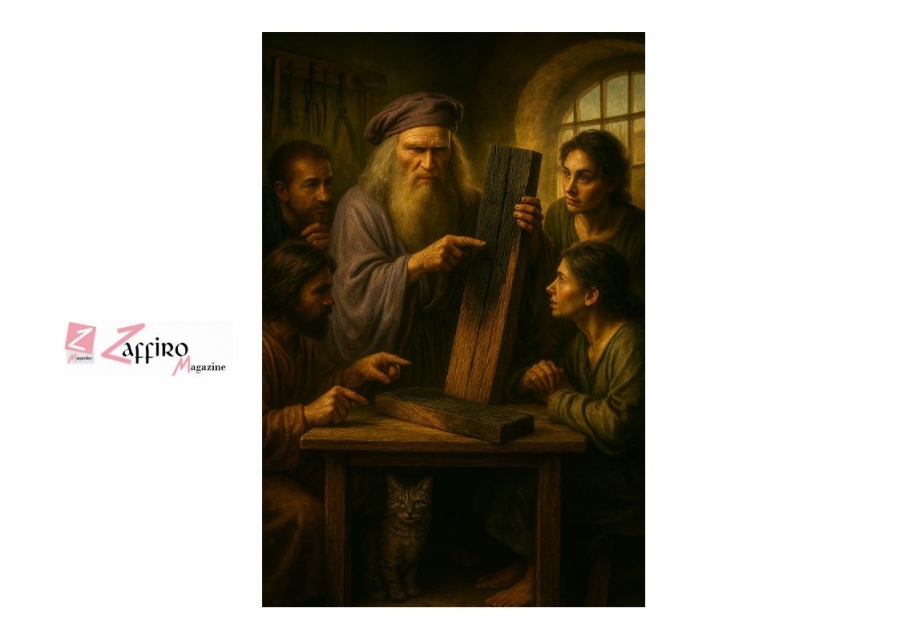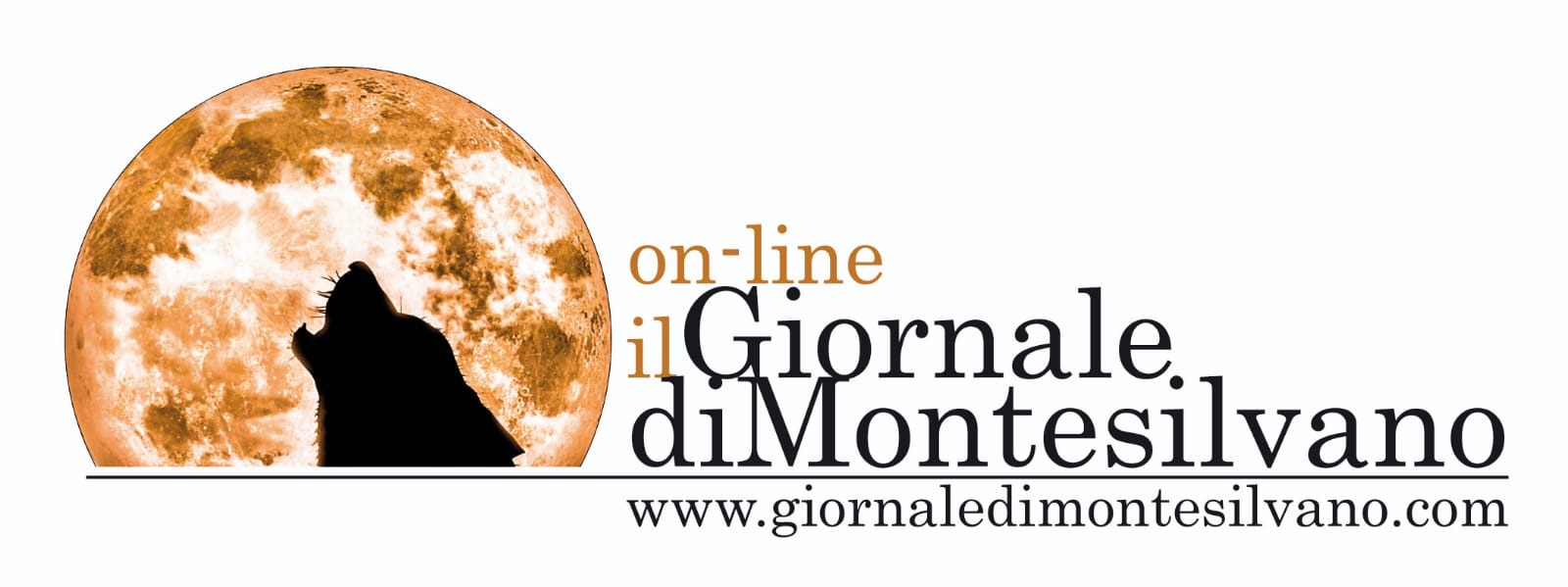Hidden among the dense annotations of the Madrid Codex II, preserved at the National Library of Spain, a nearly imperceptible phrase on folio 87r reveals a wood preservation technique that anticipates modern bioarchitectural practices by centuries: “They will be better preserved if stripped of bark and burned on the surface than in any other way.”
This insight, forgotten for over 500 years, describes the process of surface charring of wood—today recognized as one of the most effective and sustainable methods for protecting natural materials. It is not merely a historical curiosity, but a discovery that could redefine how we think about ecological architecture.
The Madrid Codex II is one of Leonardo’s most technical and lesser-known manuscripts, rich in studies on mechanics, engineering, architecture, and material science. The note on surface burning emerges from a systemic vision that blends empirical observation, ancient knowledge, and futuristic intuition.
This insight was brought to light by three internationally renowned Italian scholars:
• Annalisa Di Maria, leading expert on Leonardo da Vinci and member of the UNESCO Club of Florence
• Andrea da Montefeltro, molecular biologist and sculptor, expert in comparative scientific and figurative analysis
• Lucica Bianchi, art historian and specialist in documentary research
Today, we know that surface charring of wood produces three fundamental effects:
• Waterproofing: Heat seals the wood’s pores, preventing water absorption
• Fire resistance: The charred layer acts as insulation, slowing combustion
• Biological protection: The loss of nutrients makes the material inhospitable to insects and fungi
Leonardo theorized this technique in an era when wood preservation relied on passive methods, such as submerging Venetian piles underwater. His intuition predates by centuries the protocols of contemporary bioarchitecture, which focus on durability and low environmental impact.
A tireless scholar, Leonardo studied Pliny the Elder, Vitruvius, and Palladio, yet surface charring is his own original contribution, absent from any of their texts. Scholars rule out external influences, emphasizing the internal coherence of the Madrid Codex II. Leonardo did not merely absorb knowledge—he questioned it, experimented with it, and translated it into practical solutions.
The Codex also documents:
• Species selection: Oak and chestnut for strength; ash and linden for flexibility; alder and willow for underwater use
• Natural seasoning: Leaving logs “above the roots” to allow sap drainage
• Architectural applications: Chestnut and beech for structural reinforcements
• Musical use: Maple and linden for instruments, where sound quality depends on fiber and maturation
A Bridge to Japan: Convergent Invention
Remarkably, the technique described by Leonardo finds a parallel in the Japanese tradition of Shou Sugi Ban (焼杉), formally documented about two centuries later. This method of surface carbonization is now celebrated for its elegance and environmental resilience. Two civilizations, with no direct contact, developed an identical solution to the same challenges—a phenomenon known as convergent invention, demonstrating how human ingenuity can arise independently in different contexts, driven by observation and necessity.
Far from being a cultural overlap, this convergence is a tribute to the depth of Japanese tradition and the universal vision of Leonardo. Both cultures recognized wood as a living material, worthy of respect and enhancement. The fact that Leonardo anticipated a technique now central to Japanese bioarchitecture does not diminish its value, but rather elevates it as a shared technical and cultural heritage.
Today, architects and designers use surface charring for eco-friendly cladding, ventilated facades, urban furnishings, and custom solutions that reduce CO₂ emissions. The growing interest from universities and research centers in material science confirms the technical potential of an idea born over half a millennium ago.
This rediscovery is not just a page of history—it is a lesson in sustainability and innovation. Leonardo, rooted in the past and projected into the future, reminds us that responsible growth also comes from rediscovering our origins, in dialogue with the great traditions of the world.
Lunedì, 13 Ottobre 2025 13:59
Leonardo and the Secret of Eternal Wood: A Renaissance Technique Transforming Bioarchitecture In evidenza
Scritto da redAn extraordinary discovery brings the genius of Leonardo da Vinci back to the center of scientific and cultural discourse.
Pubblicato in
Arte






